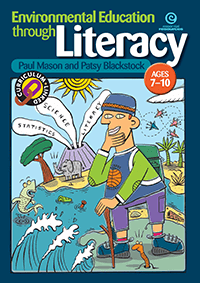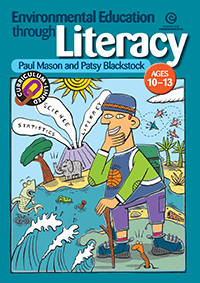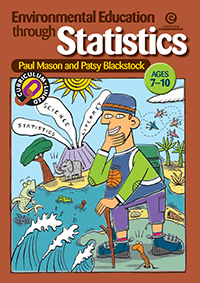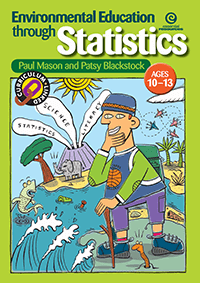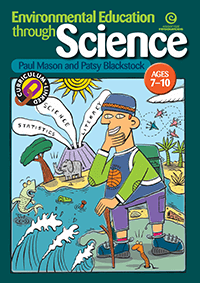Contents |
| Introduction | 4 |
| About this book |
| The key concepts of environmental education |
| Planning resources | 7 |
| Curriculum links |
| Unit plan: Environmental education through science |
| We Are Learning To (WALT) overview and banner |
| Activity 1: Key concepts – if the Earth were an apple | 11 |
| Activity 2: Key concepts – biodiversity in light of our attitudes and values | 12 |
| Habitat matching cards |
| Help–harm matching cards |
| Activity 3: Exploring the central idea – deadly links | 15 |
| Homework letter |
| Central idea banner |
| Activity 4: Using the scientific method – bouncing balls | 19 |
| Scientific investigation method cycle |
| Bouncing balls graph |
| Activity 5: Exploring interdependence – how pollution is linked to water, soil and living things | 23 |
| Pollution questions and key to map |
| Water and soil pollution map |
| Activity 6: Finding supporting facts – research into water and soil pollution | 26 |
| KWL worksheet |
| Bus stop headings and facts |
| Note-taking worksheet |
| Extension activity: in-depth research worksheet |
| Activity 7: Using the scientific method and fair testing – thirsty plants | 34 |
| Thirsty plant procedure diagram |
| Thirsty plant report sheet |
| Thirsty plant observations worksheet |
| Activity 8: Using the scientific method – soil and plant growth | 39 |
| Setting up the investigation (teacher) |
| Bean investigation worksheet |
| Bean plant observations worksheet |
| Bean plant growth record sheet |
| Activity 9: End of unit reflection – self assessment, KWL and restorative action | 46 |
| Suggestions for restorative action |
| Self assessment worksheet |
| Extension activity: paint the drain! worksheet |
| Science investigation and fair testing assessment (teacher) |
| Other student resources | 52 |
| Glossary |
| Topic spelling list |
| Useful websites and other resources | 55 |

